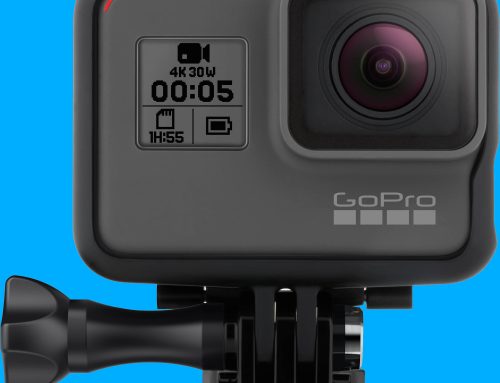“Uh oh! I see water in my camera!” Those of you that have developed a love for taking underwater pictures have probably had that thought before. If you haven’t, it isn’t a matter of “if” but “when?”. There are some steps you can take if you notice water in your camera at the early stages of flooding (AKA – Minor flood). First thing, you want to abort the dive. However, do not skip any of your safety stops. Safety is much more important than your camera system. On your ascent, you will want to try and keep the water away from the electronic components and one way to do this is to hold the camera with lens port down. This way the water that is in the housing can go to the lowest point or open space of the housing. Obviously there are many different types of housing so if the lens port is not the lowest point, pick the side that has the most space for the water to rest in. When you come to the surface, make sure you let the person you are handing off the camera to, to keep the camera in that EXACT same position. Before opening your housing, once you get back on the boat, consider your environment. You don’t want to risk introducing anymore moister into your camera (if you have a lot of moisture in the air, consider having some air blown on the camera when you open it). After you have opened the housing, immediately remove the camera’s battery and any other power sources. At this point after opening, salt water is your worst enemy but power sources are a close second. These two things combine can create corrosion within minutes. Ask yourself the below questions and then determine your next action:
Removed all batteries, Is Camera Wet? Yes – Water in Camera Body? – Yes……………….Camera is probably a total loss, call insurance company.
Is the camera wet? Yes – Water in the Camera Body? – No – Carefully Dry Camera Surfaces then put camera in a safe place and start to look at the housing. You want to make sure you remove any components from the housing before you rinse it with fresh water. After rinsing with fresh water, dry everything off as best as possible.
Once everything is dry, you will then test your batteries and put things back together and turn it on. (All this while fingers are crossed).
Look for more Photo and Video Tips each month on our Blog.


